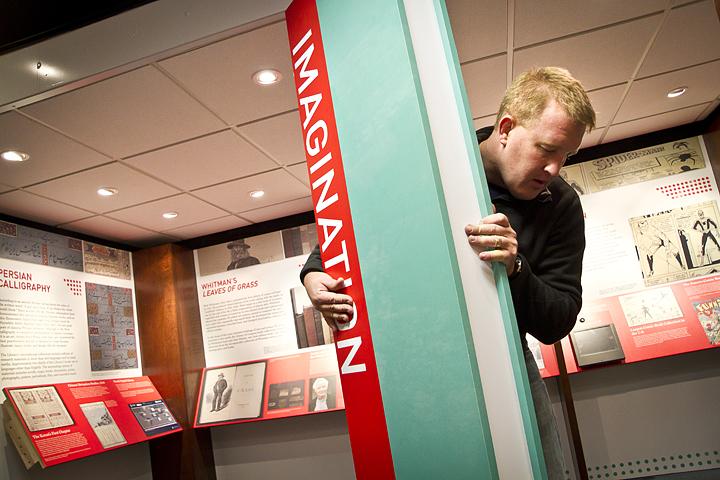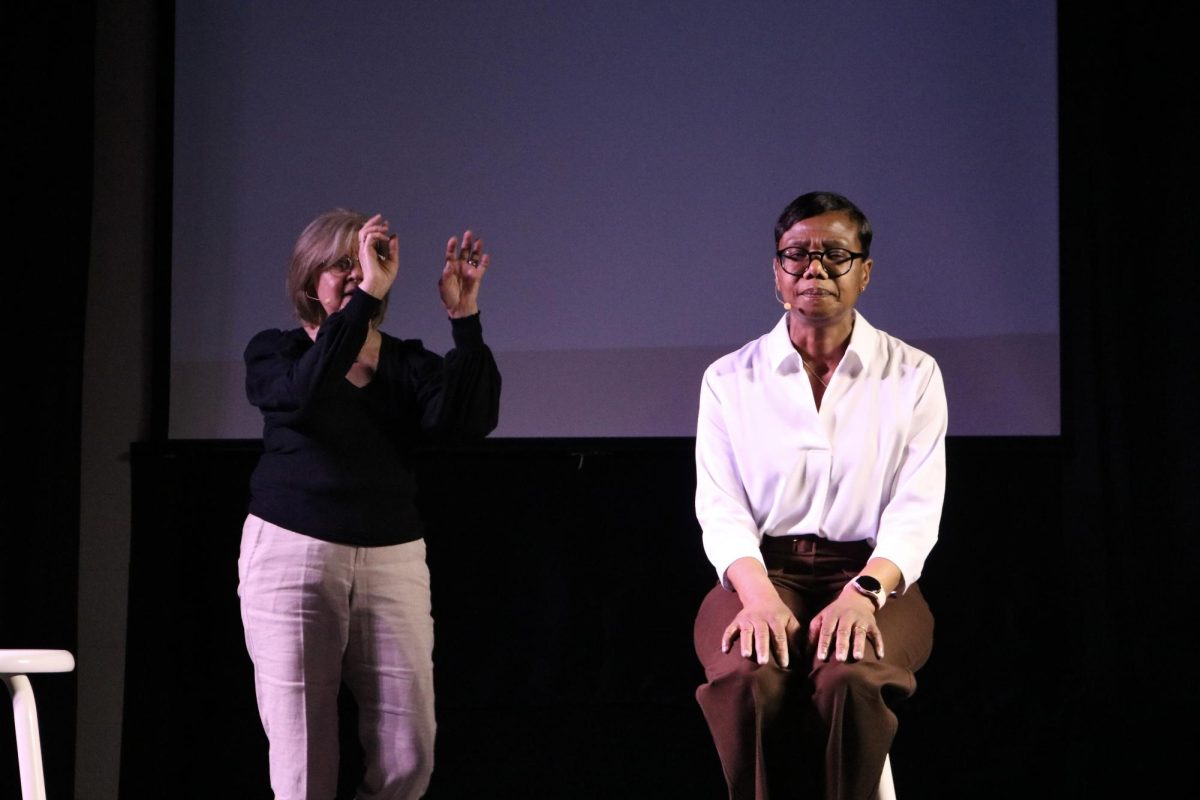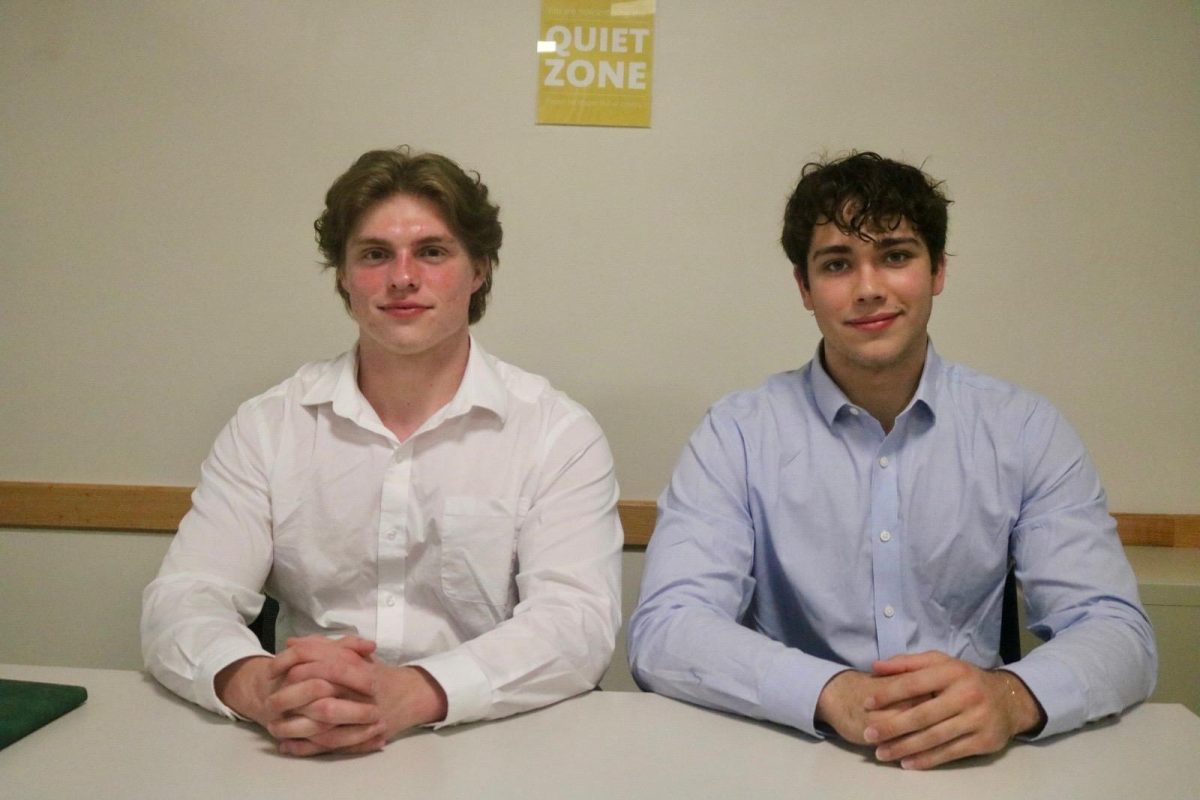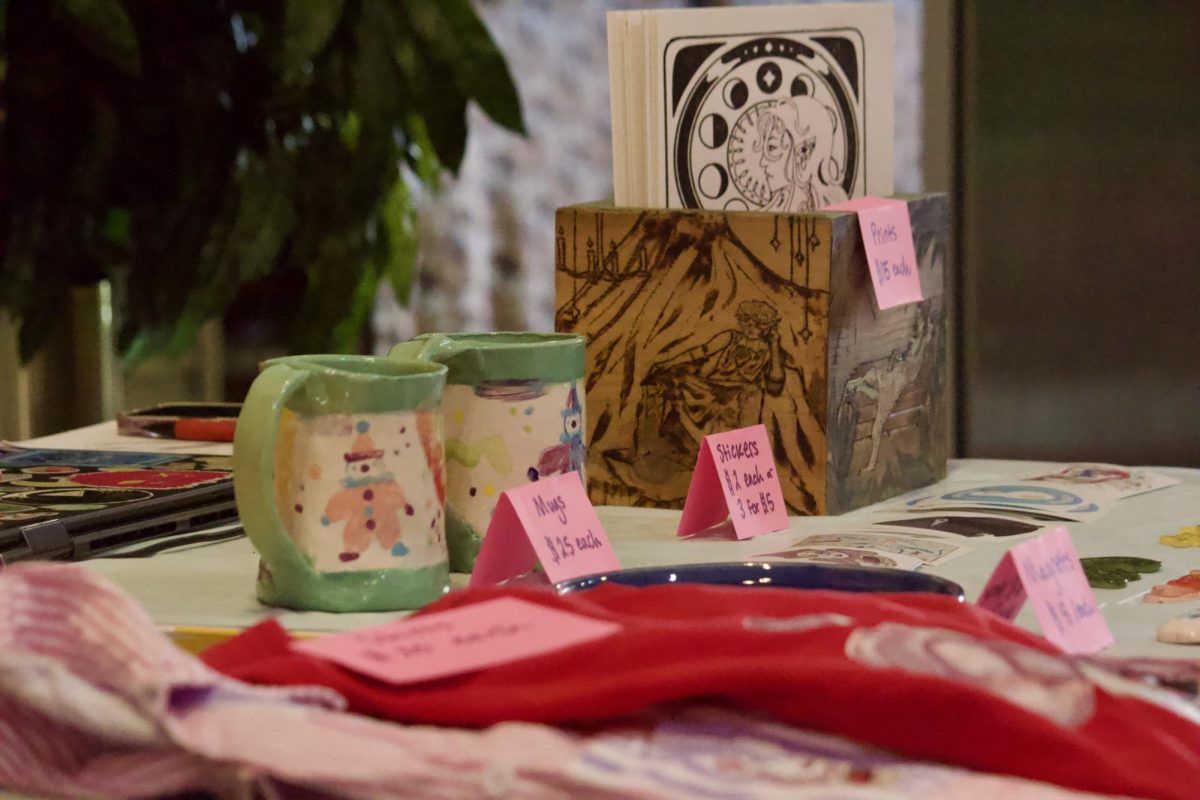Few things scream “America” more than the open road and semi-trucks. So it is only fitting that today and tomorrow, the Library of Congress—America’s first national cultural institution—will have its “Gateway to Knowledge” exhibition parked in an 18-wheel truck outside the Joe Rosenfield ’49 Center. The exhibition will contain digitized reproductions of original documents from the 145-million-item collection the Library of Congress boasts.

The idea for “Gateway to Knowledge” came from Abby Rapoport ’08 and Emily Rapoport, the granddaughters of philanthropists Bernard and Audre Rapoport. Abby, the former Editor-in-Chief of the S&B, graduated from Grinnell and her sister earned a diploma from Oberlin College in Ohio. As both attended small liberal colleges in rural parts of America, they wanted to bring the Library of Congress to such regions. The sisters donated $1,000,000 to the Library of Congress in order to help make this rich trove of knowledge accessible to rural America. A place where people who are not necessarily familiar with the Library of Congress will have an opportunity to gain a sense of what the Library has to offer and use the resources for themselves.
“The Library of Congress is an amazing resource academically and recreationally. Anyone can access most of it online, and so few people know about it who should know about it. I think that if you make it possible for people to see something firsthand, it can enable them to use the online component and with more enthusiasm,” Abby said.
The exhibition began its journey in Washington D.C. on Sept. 25, moving westward through Ohio, the Mississippi River Valley and parts of the South. It is a school-year-long project. It will visit 60 sites by May 2011. The 18-wheel truck, driven by two docents, will make two-day stops twice a week in rural regions of the country.
“The goal is to visit the communities prominent in the region but that are not major large urban areas,” said William Jacobs, the chief officer in charge of the exhibition, “and to show people that they can access the Library of Congress without having to visit Washington to view the collection.”
The Library of Congress consists of 145 million objects from different subject matters. It was founded in 1800 through an Act of Congress signed by John Adams. In 1815, the Library bought Thomas Jefferson’s entire private book collection, consisting of over 6,500 titles. According to Jefferson’s advice, subsequent objects were then organized under three broad categories—memory, reason, and imagination.
“Memory is history and documentation, like original maps. Reason is governance, like the Constitution. Imagination is the creative arts, like music and drama,” Jacobs said.
The collections include the rough draft of the Declaration of Independence, original maps, historic photos from the Civil War, sheet music from the jazz era, poems from Walt Whitman and original drafts of the Spiderman comic books. This particular exhibition includes mostly digitalized facsimiles of these objects.
Upon entrance to the truck, visitors will first see a welcome panel that presents statistics on the history of the Library of Congress. The next section features a multi-screen presentation that quickly indicates the many areas represented in the collection, ranging from Native American dance and poetry to WWII and Civil War maps. In the central core of the exhibition, there are a series of interactive computers where people can access the Library of Congress website.
“For example, if you’re a teacher and you’re interested in veteran’s history and genealogy, you can research that,” Jacobs said. “It’s really an overview—that’s all we can do in such a small space.”
The exhibition will be available to visitors today, Friday, Oct. 29, and tomorrow, Saturday, Oct. 30, from 8 a.m. to 5 p.m. outside the Joe Rosenfield Center. More information on can be found at Gateway to Knowledge.

















































